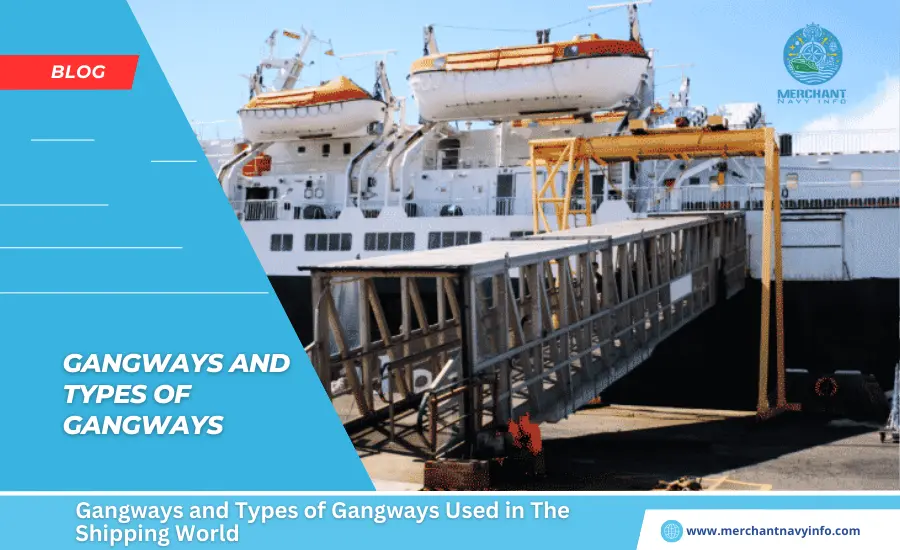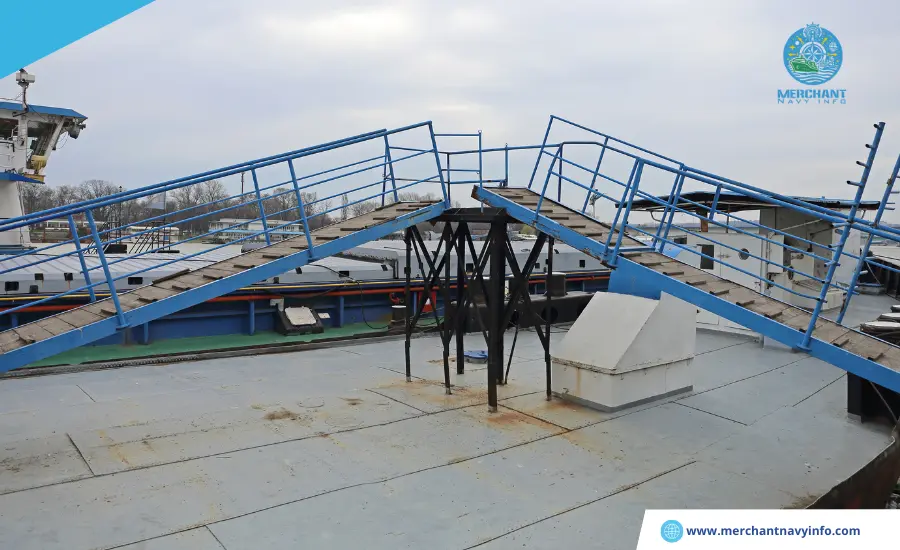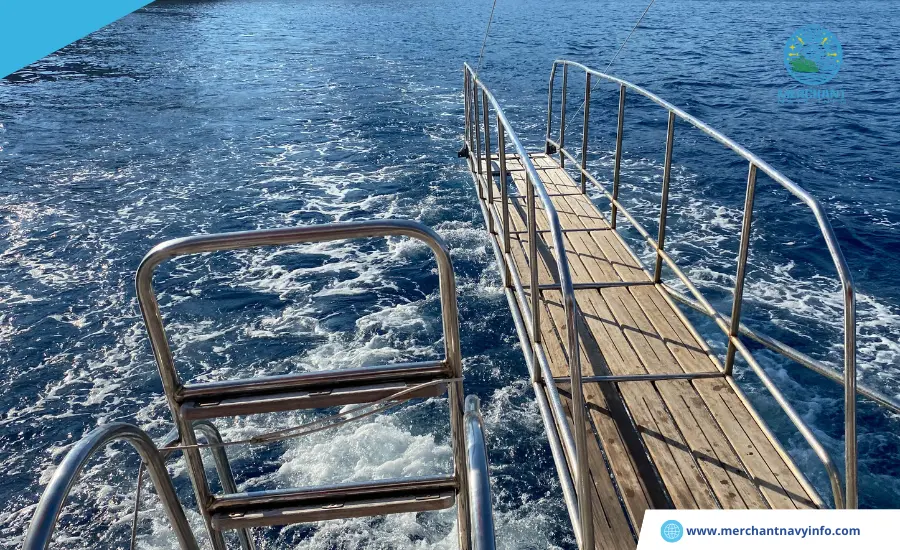
A path is a fundamental structure that serves numerous purposes over different settings, basically encouraging development and getting to. In maritime settings, a path could be a mobile bridge or incline that permits individuals to board or land from a transport, giving a secure and also helpful passage between the vessel and also the dock. Usually significant for the security and proficiency of operations on the gangway ship, guaranteeing that passengers and also team can exchange between the dispatch and arrive without trouble. Also, within the theater, corridors allude to the walkways that empower the gathering of people and individuals to move between seats and also effectively enter or exit the seating region. This guarantees that the stream of individuals is overseen viably, decreasing blockage and also permitting fast clearing on the off chance that it is vital.
In development and mechanical settings, paths take on an extra part as raised or also temporary walkways that guarantee secure sections for specialists exploring through possibly dangerous ranges. These corridors are outlined to supply solidness and security, minimizing the chance of mischances in situations where overwhelming apparatus and also hardware are in utilize. By advertising a clear and secure course, they offer assistance in keeping up the security measures required on active development locales or mechanical plants. Generally, the concept of a corridor is vital in any circumstance where an assigned way is required to encourage secure and proficient development, highlighting its significance in both everyday and specialized situations.
A Gangway Must Meet The Following Requirements:

- It must be at least 20 inches wide and must have handrails and a center railing to protect both sides.
- The height of the former must be a minimum of 33 inches, and the handrails must be made of wood, chain, wire, also rope, etc.
- Chain, wire, or rope handrails must be strong.
- Gangways must be kept clear, and also no bridles, hoses, etc., must be stored in them.
- Where gangways cannot be used, straight ladders should be used.
- Nets should be provided to prevent workers from falling from upper levels into the water or into lower levels.
- The word ladder is of Anglo-Saxon origin.
There Are Two Variations Of Gangways In Use Today:
- Folding
- Some gangways are designed to be attached to the ship itself.
Currently, there are different types of gangways in use, which can be described as follows:
Fiberglass Gangways With Beam Ends:
As the name suggests, these gangways are made of fiberglass. These gangways are 24 feet wide and also are designed for ships used in war. Other features of these gangways include collapsible handrails and a completely non-slip surface.
Aluminium Gangways With Beam Ends:
These aluminum gangways are welded and also extremely durable. The surface of the ramps is designed to prevent water from accumulating.
Moreover, the surface of the ramps is non-slip, preventing accidents from occurring. This ramp is suitable for vessels of various sizes, so anyone can choose an aluminum gangway.
Aluminum Gangways With Trusses:
These ramps are made from sturdy aluminum, complying with the required industry standards, and are suitable for vessels of all sizes. The ramps have a rough surface to prevent people walking on them from slipping.
Aluminum Gangways:
These gangways have foldable handles for easy storage. The aluminum gangways have a rough surface to prevent accidents. The ramps are designed to prevent water from accumulating. There are several other types of gangways used in ports and wharves. The same can be explained as:
Light Gangway:
These are made of aluminum and steel and are lightweight, mostly used in residential ports. The materials used ensure that there is no corrosion. Another feature of this gangway ship is the foldable handrails, which make it easy to store. These gangways are also very affordable.
Medium Gangway:
These are also very affordable and mostly used in private and residential ports. The material of medium duty gangway ship is Aluminium and Steel. These two materials ensure the long service life of the ramp.
Heavy Duty Gangway:
Used in private ports where cruise ferries and other boats arrive and depart. These ramps are manufactured using Steel and Aluminium as per the required ISO standards. The design of the ramps ensures safe boarding and alighting, even for disabled persons. Ramps make it very easy to get on and off a ship. This is the most important feature and advantage of ramps in water transportation.
Frequently Asked Questions

What Is The Origin Of The Name Gang?
The word comes from the old definition of gang, which means a vehicle, journey, or passage. In the 20th century, gangway ship was a common word for the command “clear the way.
Where Are Gangways On A Ship?
A gangway ship is a platform, walkway, or ramp that connects a ship to land. It allows passengers and baggage to board and also disembark quickly and also safely. They are usually located on the upper deck.
What Is The Difference Between An Access Staircase And A Gangway?
All vessels over 30 meters in length must have a gangway ship with a sturdy handrail. Access stairs are located at the fore and also aft of the ship and face aft. The maximum angle of inclination from the horizontal should not exceed 55 degrees.
What Is A Light Gangway?
Made of aluminum and steel, it is lightweight and mainly used in residential ports. It has folding handrails for easy storage of the gangway. The price is also quite reasonable.
What Types Of Ladders Are Used In The Shipping Industry?
There are around seven different types of ladders depending on the ship. They are classified according to their design, how they work and also the materials used in their construction. These include aluminum, fiberglass, light-duty, medium-duty and heavy-duty gangways.









